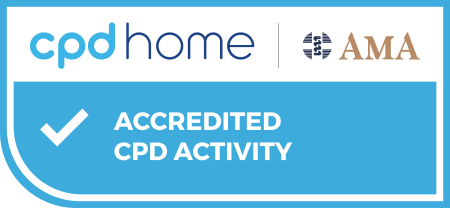Finding accredited CPD
Now that you can scan, it is time to integrate your point of care ultrasound (PoCUS) findings into holistic patient care. This Emergency Medicine ultrasound course starts with a clinical problem, encourages multi-system scanning and challenges you with real case based discussions. It is not for the beginner.
You will spend the first two days honing your approach to the hypotensive patient. RUSH is more than just finding a mechanism for hypotension, it is about assessing the capacity of multiple systems to cope with ongoing demand.
Right Upper Quadrant (RUQ) is so much more than gallbladder and common bile duct. It is the gateway to the thorax. Expand your RUQ protocol to screen for heart, lung, renal, and even bowel pathology.
Day four pushes the boundaries of your scanning outward with useful tips and tricks. Recognise soft tissue layers, necrotising fasciitis, shoulder dislocation, the pupillary response in a closed eye, and indicators of raised intracerebral pressure. You must also learn the principles of safe practice and proper hygiene.
Day five introduces you to upper and lower limb nerve blocks, with needling practice and hints to optimise your tip visualisation.
Day six extends your regional anaesthesia techniques to include the higher order truncal and plane blocks.
Disclaimer: Please note, once you click 'Register now' you will be leaving the AMA’s CPD Home website and entering a third-party education provider’s website. If you choose to register for this learning, you will need to provide some of your personal information directly to the third-party education provider. If you have any queries about how third-party education providers use, disclose or store your personal information you should consult their privacy policy.
Upon completion, your CPD activity record may take up to 4 weeks to be reflected on your CPD Home Dashboard.
You have to log in to see the content of this module.
Provided by
Accredited by
